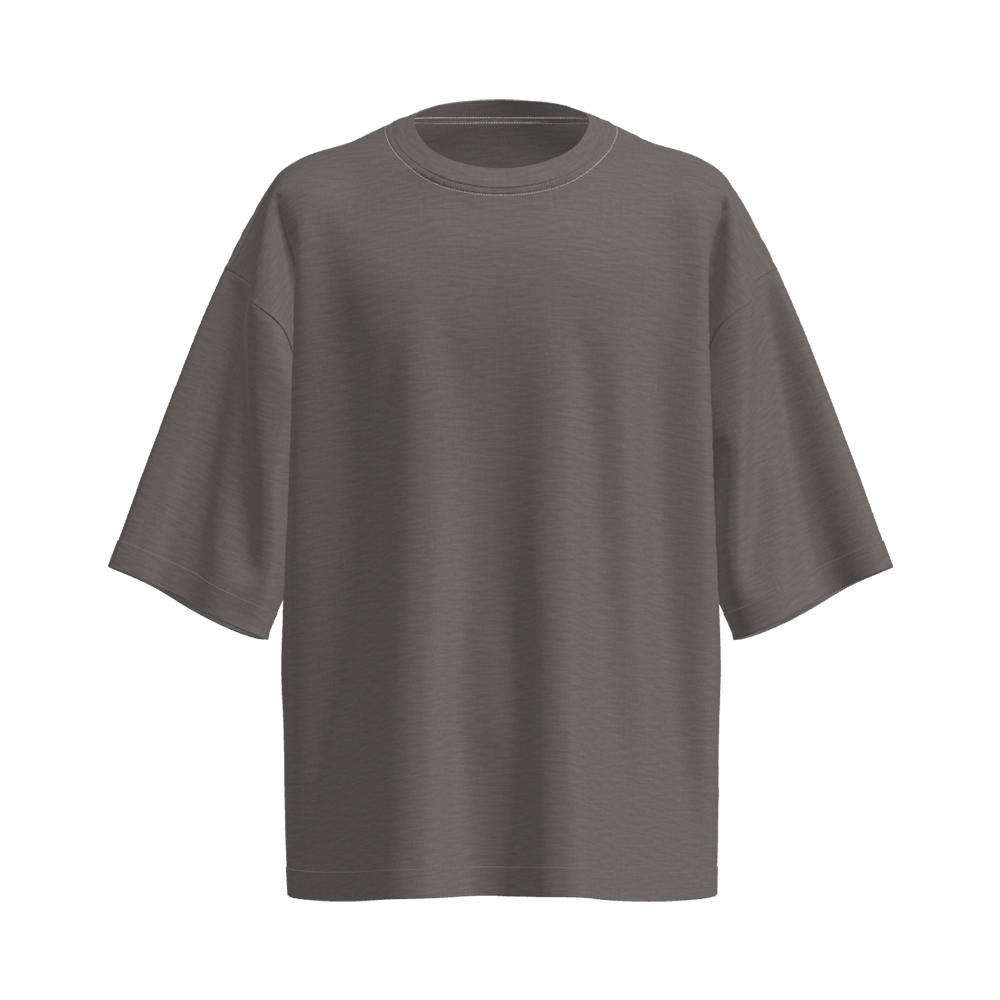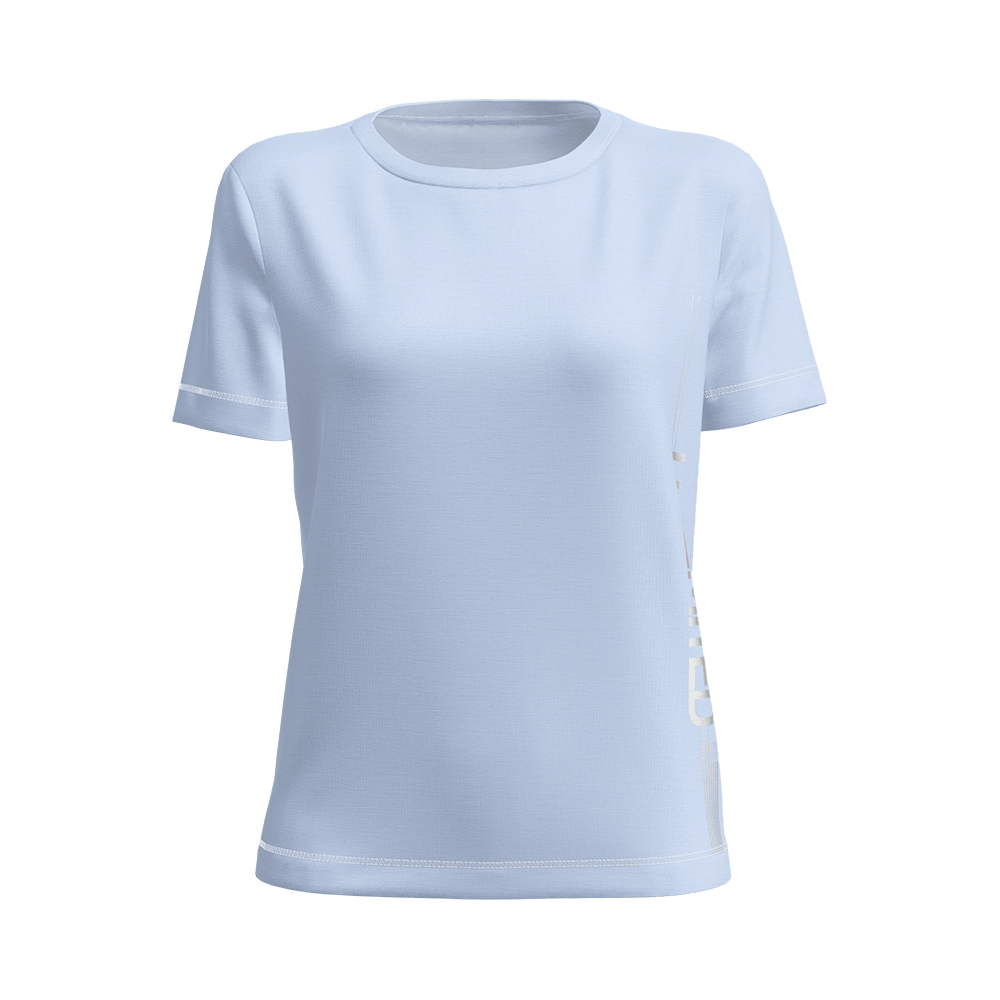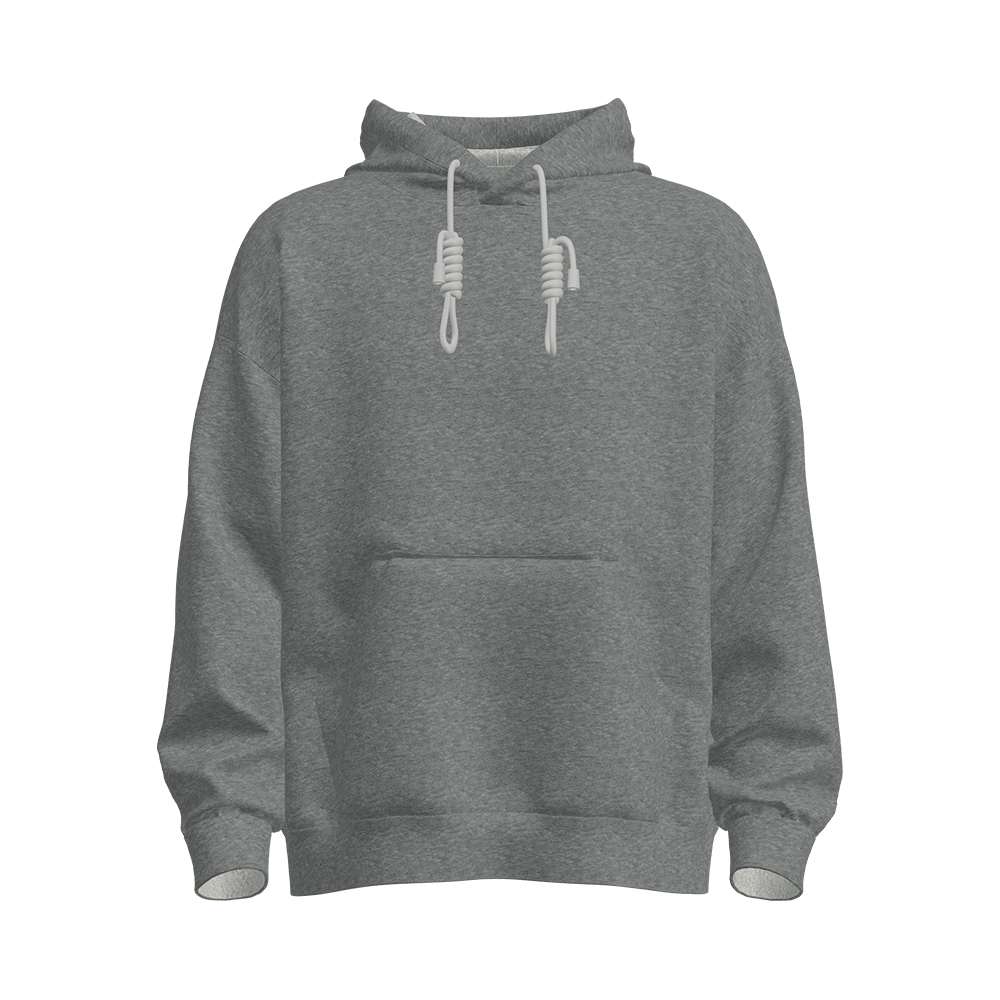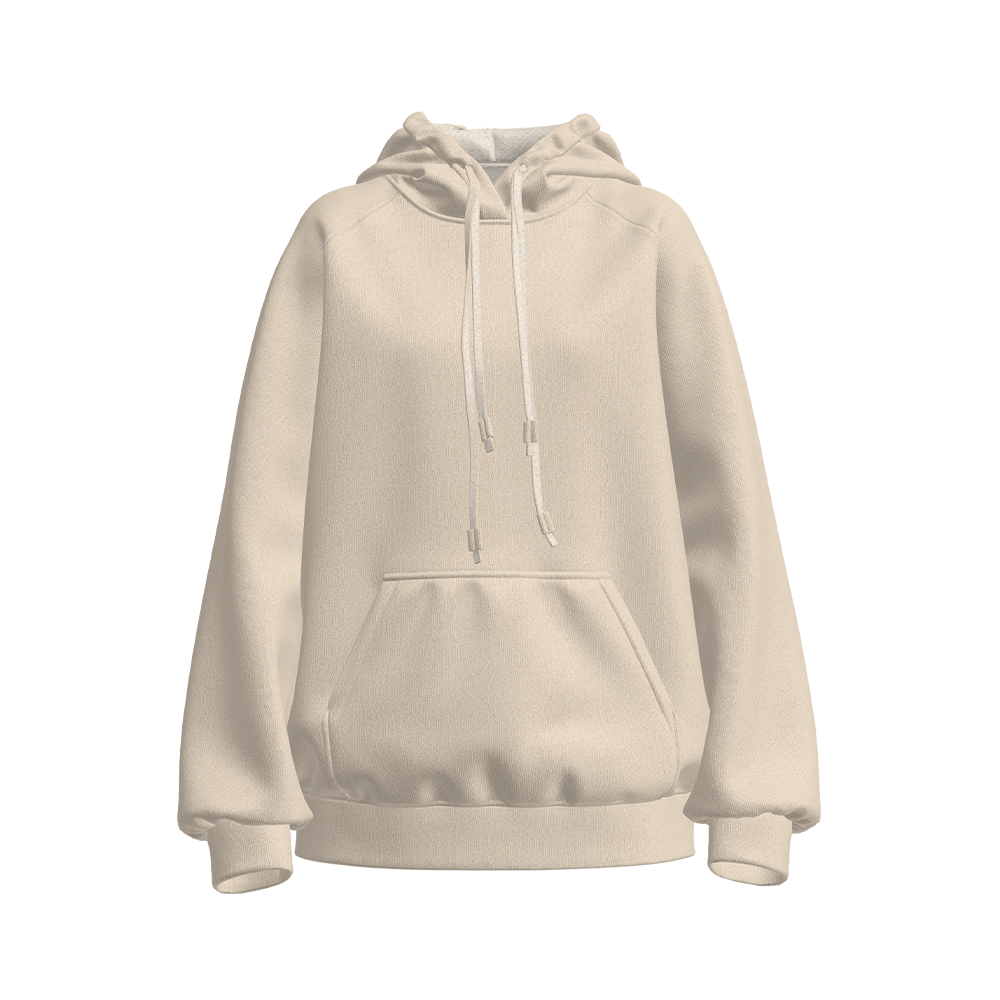
How does C/T double-sided jacquard fabric achieve a dynamic balance of fiber properties?
In the process of textile material innovation, C/T double-sided jacquard fabric has successfully achieved the synergy of cotton and polyester with its unique structural design, rather than a simple physical mixture. The core breakthrough of this fabric is that it does not rely solely on the superposition of surface and inner layer materials to meet different needs, but through the precise jacquard weaving process, the two fibers form a dynamic balance that is almost ecological in the interweaving process, thus presenting seamless functional unity at the macro level.
From the perspective of fiber properties, the complementarity of cotton and polyester constitutes the basis of this balance. Cotton fiber is known for its natural moisture absorption and breathability. It can effectively absorb human sweat and keep the skin dry, but its weakness is that it is easy to wrinkle and deform, and it dries slowly in a humid environment. Polyester fiber has excellent wrinkle resistance, quick drying and high strength, but its hydrophobic properties lead to insufficient breathability. Traditional blended fabrics can only compromise the performance of the two materials, and it is difficult to take into account both comfort and durability. The innovation of C/T double-sided jacquard fabric lies in that it uses the precise control of the jacquard loom to form a specific distribution structure of cotton and polyester when they are interwoven in warp and weft, rather than randomly mixed. This structural design allows cotton fibers to be distributed more in the inner layer close to the skin, responsible for moisture absorption and skin-friendly touch, while polyester forms a supporting skeleton in the outer layer to ensure the fabric is crisp and quick-drying.
Jacquard technology plays a key role in this process. Unlike the single tissue structure of ordinary fabrics, double-sided jacquard technology can achieve different textures and densities on the front and back sides of the same fabric, while accurately controlling the spatial arrangement of the two fibers. This process not only makes the fabric present independent but harmonious patterns on both sides, but also optimizes the interaction between fibers at the microscopic level. For example, in a high humidity environment, after cotton fibers absorb moisture, the hydrophobic properties of polyester can accelerate the evaporation of moisture outward instead of letting moisture remain inside the fabric; and under dry conditions, the natural moisture regain of cotton can avoid the static electricity problem that polyester may cause. This self-regulating mechanism enables C/T double-sided jacquard fabric to adapt to different environments and wearing needs, rather than passively relying on external treatment.
Going further, this dynamic balance is not a static physical combination, but a nearly "intelligent" material behavior. The distribution of cotton and polyester in the fabric is not homogenized, but differentiated according to functional requirements. For example, in areas where higher breathability is required, the jacquard process can adjust the yarn density to increase the proportion of cotton fibers locally; and in areas where wear resistance needs to be enhanced, the durability can be improved by encrypting the distribution of polyester. This fine regulation allows the fabric to maintain the comfort of cotton as a whole, while also having the functional advantages of polyester, thus forming an adaptive fabric ecosystem.
From an application perspective, this dynamic balance characteristic gives C/T double-sided jacquard fabric a wider range of usage scenarios. Whether it is a home textile that needs to be close-fitting and comfortable, or a fashion fabric that requires a high degree of appearance, it can meet different needs by adjusting the weaving parameters. More importantly, due to the synergistic effect of the two fibers, the overall performance of the fabric is not easily affected by the performance decay of a single material during long-term use. For example, slight wear of cotton fibers will not cause the fabric to become loose as a whole, because the skeleton effect of polyester can still maintain structural stability; similarly, the hydrophobicity of polyester will not be significantly reduced due to long-term washing, because the presence of cotton ensures basic moisture absorption capacity.
The real value of C/T double-sided jacquard fabric lies in that it transcends the limitations of traditional blended fabrics, no longer allowing fiber properties to restrict each other, but rather enhancing each other through precise structural design. The realization of this dynamic balance not only depends on the development of materials science, but also benefits from the progress of modern jacquard weaving technology. In the future, with the further refinement of textile technology, similar multi-fiber collaborative fabrics may show their potential in more fields, and C/T double-sided jacquard fabrics undoubtedly provide an important technical paradigm for this trend.
LATEST POST
Let’s create something amazing together
contact usDon't hesitate to contact when you need us!



 English
English 한국어
한국어 中文简体
中文简体









 +86-512-52528088
+86-512-52528088 +86-512-14546515
+86-512-14546515

